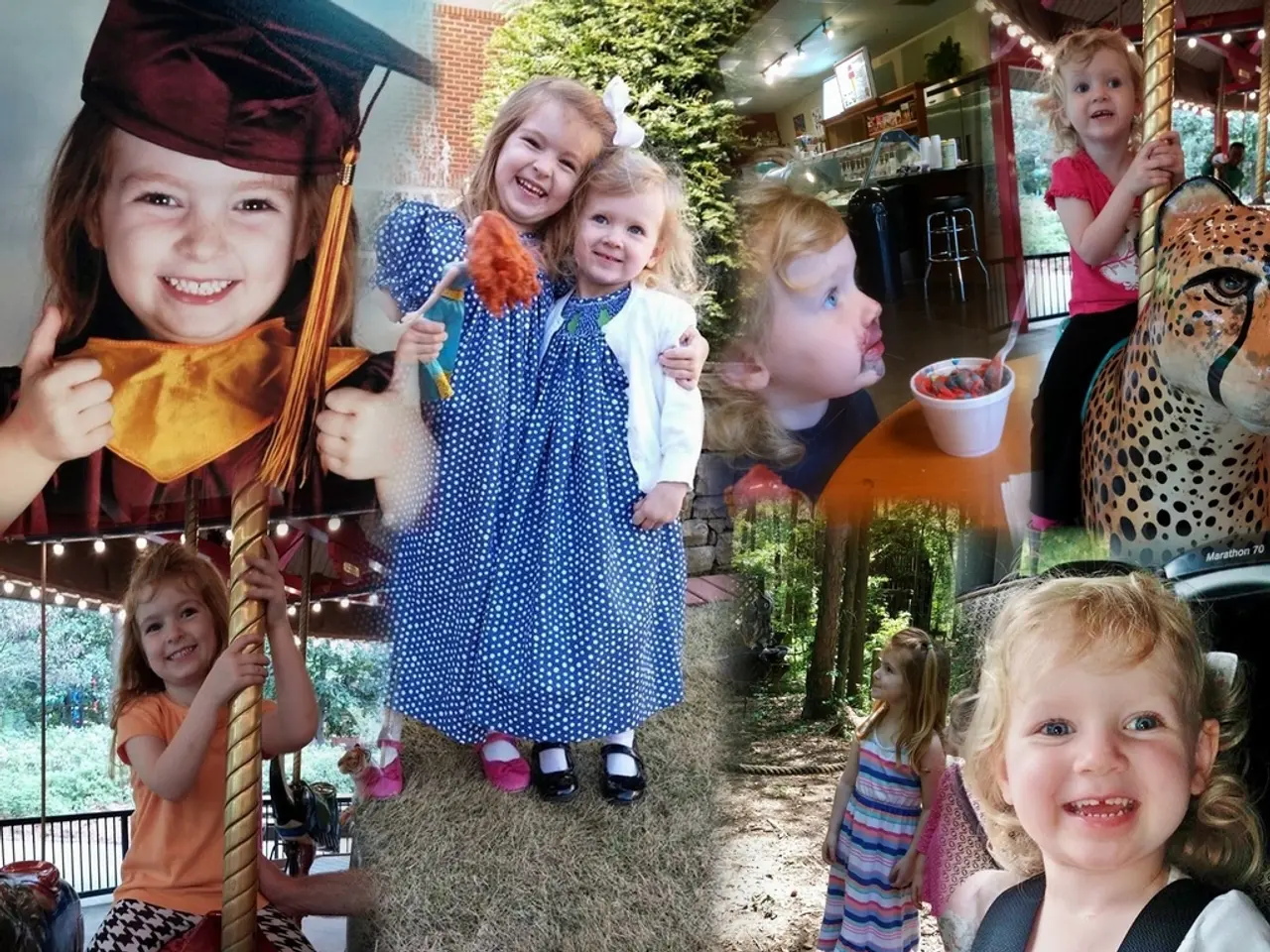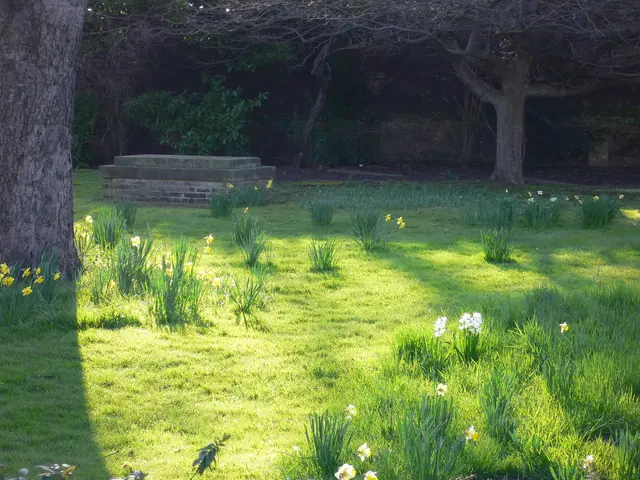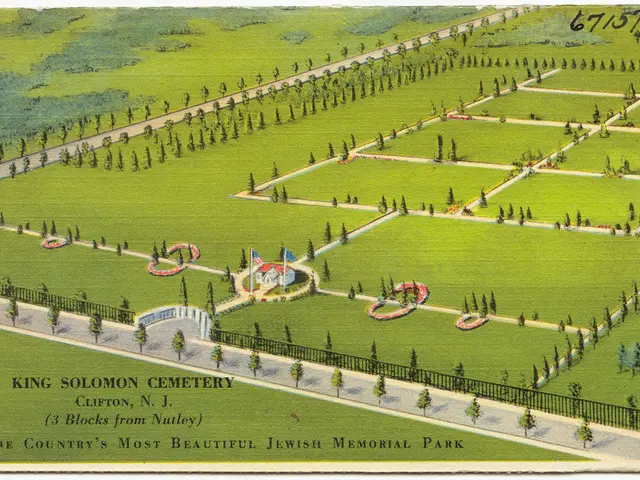Sensory Exploration Bin located at Spring Garden
**Creating a Garden Sensory Bin for Children: A Multi-Sensory Learning Experience**
Sensory play is an essential part of a child's development, and a garden-themed sensory bin is an excellent way to engage children in a fun and educational activity. This article will guide you through creating a simple garden sensory bin that encourages fine motor practice and provides a multi-sensory experience for your little ones.
The first step is to choose the fillers, or base materials, for your sensory bin. Artificial grass, dried rice, aquarium gravel, dried pasta, chickpeas, sand, or shredded paper can all be used to simulate soil and grass textures, offering a variety of sensory experiences.
Next, consider the themed items that will make your garden sensory bin come to life. Miniature plastic or wooden garden tools such as rakes, shovels, and trowels will promote digging and scooping, while small flower or vegetable toys, faux sunflowers, or leaves represent garden plants and flowers. Plastic bugs, worms, and snails add interest and encourage sensory exploration of garden life. Mini pots or seed packets invite pretend planting and sorting activities.
Accessories that encourage fine motor practice are crucial to the development of a child's hand-eye coordination and dexterity. Scoops, tongs, and small spoons allow children to pick up and transfer items, while small containers or muffin tins provide opportunities for sorting seeds or small objects. Tweezers can be used for picking up tiny items like beads or faux seeds, and small funnels or watering cans can simulate watering plants and practice pouring skills.
Adding natural scents, such as dried herbs or flower petals, engages the sense of smell, while textured items like cotton balls or soft moss provide tactile variety. Adding a bit of water can add another sensory dimension, such as a water garden experience.
By combining these elements, a garden sensory bin becomes a fun, multi-sensory activity that promotes fine motor skill development through digging, sorting, scooping, and planting play. This type of sensory bin is easy to customize and reusable, making it an excellent hands-on learning tool for children.
When setting up the sensory bin, consider using a heavy-duty sensory table that allows multiple kids to stand and play comfortably. Sensory bins can be set up on a child-size table, under the bed storage bins, or a plastic kitchen sink dish pan from the dollar store. It is also recommended to keep a kid-size broom and dustpan handy for cleaning up spills.
It is essential to model the appropriate use of sensory bins and keep a close eye on young children who may want to throw the filler or items. For safety reasons, it is not recommended to use water beads as a sensory bin filler due to health risks.
In conclusion, a garden sensory bin is an engaging and educational activity for children. By providing a variety of sensory experiences, promoting fine motor skill development, and encouraging imaginative play, a garden sensory bin can be a super fun theme for spring and is part of a larger flower theme unit. Some simple flower garden activities to try include a Plant Scavenger Hunt, Yarn Wrapped Flower Craft, and the Color Changing Flowers activity. Happy creating!
- Sensory play, a crucial part of a child's development, can be facilitated through a garden-themed sensory bin, engaging children in educational and fun activities.
- To start, choose fillers like artificial grass, dried rice, or pasta to simulate soil and grass Textures, offering a variety of sensory experiences.
- Incorporate themed items such as miniature garden tools, flowers, and bugs to bring the garden sensory bin to life, promoting exploration and learning.
- Accessories like scoops, tweezers, and small containers will help develop fine motor skills and hand-eye coordination in kids.
- Enhance the sensory bin with natural scents like dried herbs, and textured items like cotton balls for a multi-sensory experience.
- Adding water can provide another dimension, such as a water garden experience, making it more engaging.
- Sensory bins can be set up on a heavy-duty sensory table, child-sized table, under-bed storage bins, or plastic kitchen sink dish pans for easy access.
- Always model the appropriate use of the sensory bin and keep a close eye on young children to ensure safety while playing.
- To expand the garden theme, consider flower garden activities such as a Plant Scavenger Hunt, Yarn Wrapped Flower Craft, and Color Changing Flowers activity for a more immersive and educational experience, perfect for spring and part of a larger flower theme unit.








